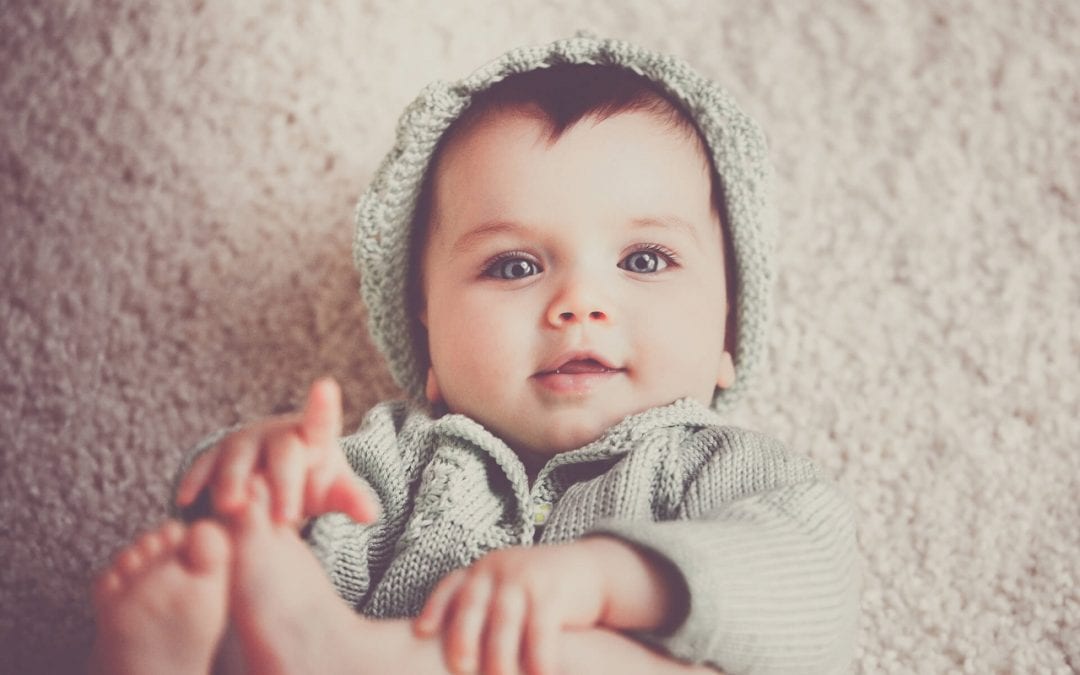When you are expecting a new family member, babyproofing the home should be a top priority. In an average house, there are many risks to babies and toddlers. Take care of these babyproofing tasks before the sleepless nights and diaper changing begin.
A Safe Place for Babies When Doing Chores
Babyproofing the home is often common sense. When you are busy cleaning or making dinner, you’ll need an area where the baby will be safe. Invest in a playpen or bouncer to keep your infant engaged rather than crawling around unsupervised.
Keep Stairs Gated for Babyproofing Your Home
Be extra cautious with stairs because babies and toddlers may fall down them and get seriously injured. Keep any doors to basements or attics locked and always have a safety gate in place at the top of the stairs. Make sure you choose a gate that locks and screws into the wall for extra security.
Remove Corded Window Blinds
When babyproofing a home, check the blinds. Babies and children are naturally curious and may become entangled in loose cords, which are a strangulation hazard. Replace corded blinds with cordless ones or curtains for a safer option.
Use Caution Near Electricity
Be extra cautious with all electrical outlets. Outlet safety covers are a must when babyproofing. Babies like to explore and are known to try to stick their fingers in electrical outlets.
Look Out for Heavy Objects
Heavy objects are dangerous to babies, who may try to pull themselves up using them. Get down on the floor to their level and look. Any heavy item that could be pulled over should be securely anchored to the wall so it’s not a risk.
Keep the Bathroom Door Secure
A bathroom is a dangerous place for young children. Curious toddlers want to explore everything from medicine cabinets to the toilet. Young children can drown in very little water, so it’s best to keep the door shut and secure. They will eventually be able to open doors, so add a childproof lock to toilets and cabinets when babyproofing a home.
Babyproofing Your Home and the Crib
Learn the best crib settings for every stage of development. When a baby can pull themselves up, the mattress level should be set to its lowest setting. Don’t put anything in the crib with your baby, not even blankets or pillows.
Lower the Temperature of Your Water Heater
The water heater is not something that parents usually think of, however, setting the thermostat to less than 120 degrees will prevent bad scaldings. Toddlers at around 15 months will begin to play with knobs and learn how to open doors. Scalding water can cause third-degree burns.
Check the Living Room When Babyproofing Your Home
The living room presents risks to a young child. Sharp corners on things like coffee tables are dangerous. Add corner guards to any sharp corners in the living room.
A Final Sweep
After babyproofing your home, give it a final look, considering all the little things you interact with daily. Make sure household plants are nontoxic. Vacuum regularly to catch any missed choking hazards. Store your chemicals and batteries away and out of reach.
Lakeland Home Inspection Service provides home inspection services to Lakeland, Florida, and the surrounding areas. Contact us to schedule your appointment.

